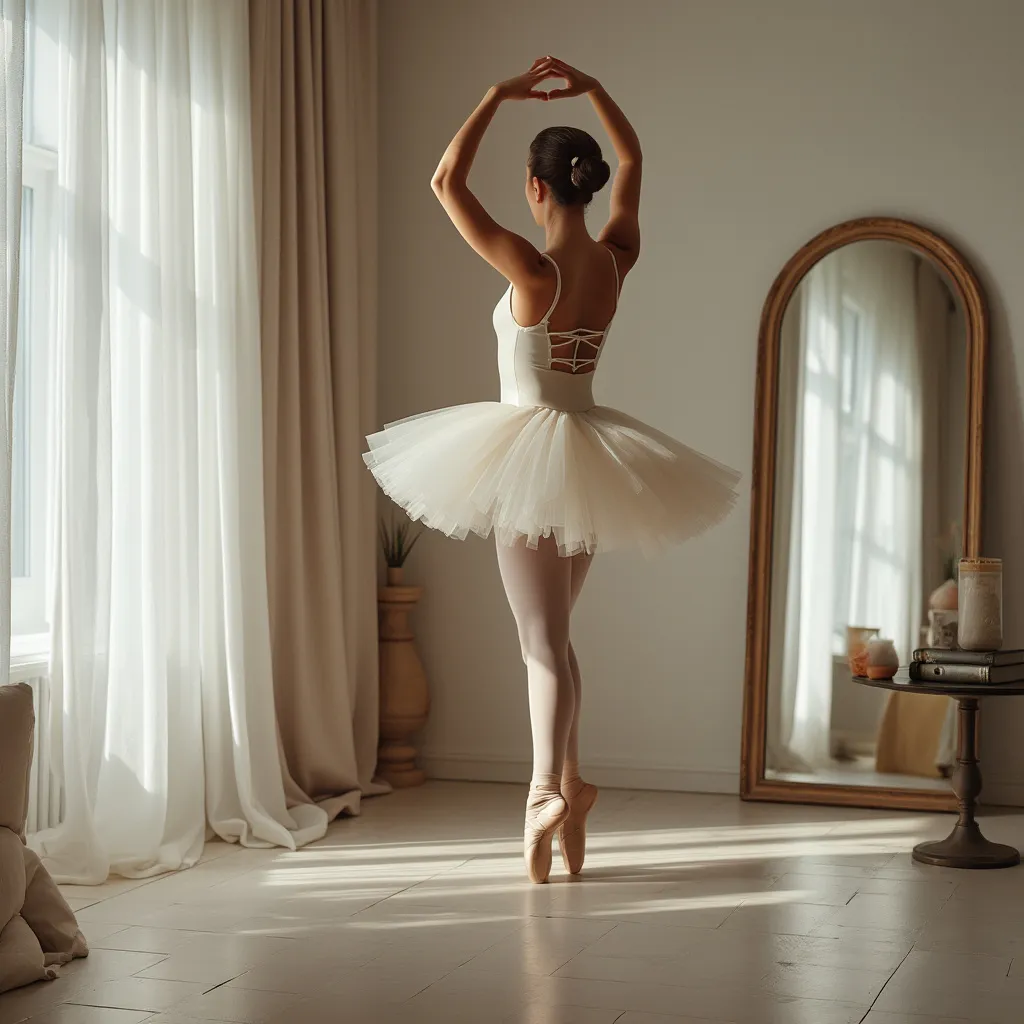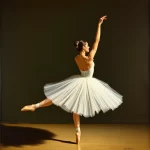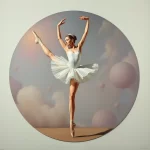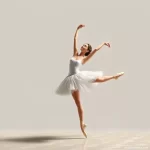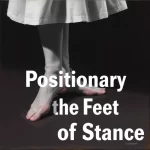Arm Positions in Ballet: A Glossary
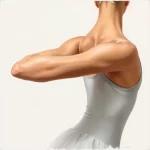
Introduction
Ballet, a classical dance form that originated during the Italian Renaissance and later developed in France and Russia, is renowned for its grace, precision, and intricate movements. One of the fundamental aspects of ballet is the positioning of the arms, which not only enhances the aesthetic appeal of the dance but also aids in balance and coordination. Understanding the various arm positions in ballet is crucial for both beginners and advanced dancers. This article provides a comprehensive glossary of arm positions in ballet, detailing their significance and execution.
Basic Arm Positions
First Position
In the first position, the arms are rounded and held in front of the body, with the fingertips almost touching. The hands should be at the level of the dancer’s navel, and the elbows should be slightly bent. This position is often used as a starting point for other movements and helps in maintaining balance.
Second Position
For the second position, the arms are extended out to the sides, slightly rounded, and at shoulder height. The palms face forward, and the elbows are slightly bent. This position is essential for creating a wide, open look and is often used in various ballet movements and poses.
Third Position
In the third position, one arm is rounded and held in front of the body (similar to the first position), while the other arm is extended to the side (similar to the second position). This position is less commonly used but serves as a transitional pose in many ballet routines.
Fourth Position
The fourth position involves one arm being rounded and held above the head, while the other arm is rounded and held in front of the body. The arm above the head should be slightly forward, not directly overhead, to maintain a clear line of sight. This position is often used in preparation for turns and jumps.
Fifth Position
In the fifth position, both arms are rounded and held above the head, with the fingertips almost touching. The arms should form an oval shape, and the elbows should be slightly bent. This position is often used to create a sense of elevation and is commonly seen in various ballet poses and movements.
Advanced Arm Positions
Arabesque
The arabesque position involves extending one arm forward and the other arm backward, creating a long, elegant line. The forward arm should be at shoulder height, while the backward arm can be slightly lower. This position is often used in combination with leg extensions to create a balanced and graceful pose.
Attitude
In the attitude position, one arm is extended forward at shoulder height, while the other arm is rounded and held above the head. The forward arm should be slightly bent, and the palm should face downward. This position is often used in conjunction with a bent leg raised behind the body, creating a dynamic and expressive pose.
En Couronne
The en couronne position involves both arms being rounded and held above the head, similar to the fifth position. However, in en couronne, the arms are held slightly wider apart, creating a crown-like shape. This position is often used in classical ballet poses and movements to create a regal and elegant appearance.
Port de Bras
Port de bras, which means “carriage of the arms,” refers to the movement and positioning of the arms through various poses. This term encompasses a wide range of arm movements and transitions, often used to connect different positions and create fluidity in dance routines. Mastering port de bras is essential for achieving a seamless and graceful performance.
Specialized Arm Positions
Bras Bas
Bras bas, or “low arms,” involves holding the arms down by the sides of the body, with the palms facing inward and the fingers slightly curved. This position is often used as a resting pose or as a starting point for other arm movements. It helps in maintaining a relaxed and poised appearance.
Bras Croisé
In the bras croisé position, the arms are crossed in front of the body, with one arm extended forward and the other arm extended to the side. The forward arm should be at shoulder height, while the side arm should be slightly lower. This position is often used to create a sense of depth and complexity in dance routines.
Épaulement
Épaulement, which means “shouldering,” refers to the positioning and movement of the shoulders in relation to the arms. This technique involves slightly twisting the shoulders to enhance the line and expression of the arms. Épaulement is often used to add a sense of drama and emotion to ballet performances.
Common Mistakes and Tips for Improvement
Common Mistakes
- Stiff Elbows: One of the most common mistakes is holding the elbows too stiffly, which can make the arms look rigid and unnatural. Always keep a slight bend in the elbows to maintain a soft and graceful appearance.
- Incorrect Hand Position: Another common mistake is holding the hands too flat or too curved. The fingers should be gently curved, with the thumb slightly separated from the fingers to create a natural and elegant line.
- Improper Alignment: Ensuring that the arms are properly aligned with the shoulders and torso is crucial for maintaining balance and coordination. Avoid letting the arms drift too far forward or backward.
Tips for Improvement
- Practice Regularly: Consistent practice is essential for mastering arm positions in ballet. Dedicate time each day to practice and refine your arm movements.
- Use a Mirror: Practicing in front of a mirror can help you identify and correct any mistakes in your arm positions. Pay close attention to the alignment and shape of your arms.
- Seek Feedback: Don’t hesitate to ask for feedback from your instructor or fellow dancers. Constructive criticism can help you improve and achieve better results.
FAQ
What is the importance of arm positions in ballet?
Arm positions in ballet are crucial for several reasons. They enhance the aesthetic appeal of the dance, aid in balance and coordination, and help convey emotions and storytelling. Proper arm positioning also ensures that the dancer maintains correct alignment and posture.
How can I improve my arm positions in ballet?
Improving arm positions in ballet requires consistent practice, attention to detail, and feedback from instructors. Practicing in front of a mirror, focusing on proper alignment, and maintaining a slight bend in the elbows can help achieve better arm positions. Additionally, studying and mimicking professional dancers can provide valuable insights.
What are some common mistakes to avoid in ballet arm positions?
Common mistakes in ballet arm positions include holding the elbows too stiffly, incorrect hand positioning, and improper alignment with the shoulders and torso. To avoid these mistakes, dancers should focus on maintaining a slight bend in the elbows, gently curving the fingers, and ensuring proper alignment with the body.
What is port de bras in ballet?
Port de bras, meaning “carriage of the arms,” refers to the movement and positioning of the arms through various poses. It encompasses a wide range of arm movements and transitions, often used to connect different positions and create fluidity in dance routines. Mastering port de bras is essential for achieving a seamless and graceful performance.
How do arm positions differ between classical and contemporary ballet?
While classical ballet emphasizes precise and well-defined arm positions, contemporary ballet often allows for more flexibility and creativity in arm movements. Contemporary ballet may incorporate unconventional arm positions and movements to convey different emotions and themes. However, a strong foundation in classical arm positions is still essential for contemporary dancers.
Conclusion
Understanding and mastering arm positions in ballet is fundamental for any dancer aiming to achieve grace, precision, and expressiveness in their performance. From the basic positions like first and second to more advanced and specialized positions, each arm movement plays a crucial role in the overall aesthetic and technical execution of ballet. By practicing regularly, paying attention to detail, and seeking feedback, dancers can refine their arm positions and enhance their overall performance. Whether you are a beginner or an advanced dancer, a strong grasp of ballet arm positions will undoubtedly contribute to your growth and success in this beautiful art form.

